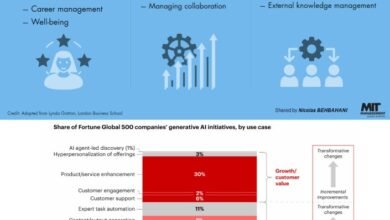
Source | techrseries-com.cdn.ampproject.org | Greg Moran
Video is just one component of the hiring experience stack that will shape the recruitment and hiring industry for years to come.
If the past year has done nothing else, it’s accelerated technologies and digital transformation strategies needed to accommodate for the new normal of remote work. Many of these new technologies, particularly in video interviewing, have kept business functioning apace in spite of a remote workforce; but they’ve also had the collateral benefit of keeping hiring and recruitment efforts on track during the pandemic.
These advances in the hiring experience stack—a layer of screening technology that sits on top of traditional applicant tracking systems (ATS)—leverage video, in addition to digital reference checking and other forms of assessment, throughout the entire recruitment process. While it’s true that many of these technologies have existed in the past, many of them functioned as standalone applicant assessment tools, and weren’t fully integrated into the hiring experience stack before 2020.
What To Keep In Mind When Selecting A Field Workforce Management Platform
The past year accelerated the adoption of these tools, and encouraged the development of a level of sophistication that includes artificial intelligence and machine learning—next-gen technologies that will prepare multiple industries for the new normal of remote work and the hiring boom that is set to occur in 2021 and 2022. These advances in video technology make large-scale hiring efforts possible; not only working with recruiters, but helping to ensure that there’s two-way communication with applicants, and work to guarantee that every potential candidate is evaluated and kept in the loop on their application status.
What We Mean When We Talk About Video Recruitment
At this point, it’s important to draw some distinctions within the world of video, and delineate how they’re individually deployed within the recruitment and hiring process. The first type of video, and the type with which many of us are most familiar, is synchronous, or live video. Live video has become even more essential in the past year, allowing for real-time meetings and on-camera, one-on-one interviews to occur. Synchronous video, while a great tool, is typically deployed for high-value hires, or later in the hiring process after a candidate list has been pared down to only the best.






